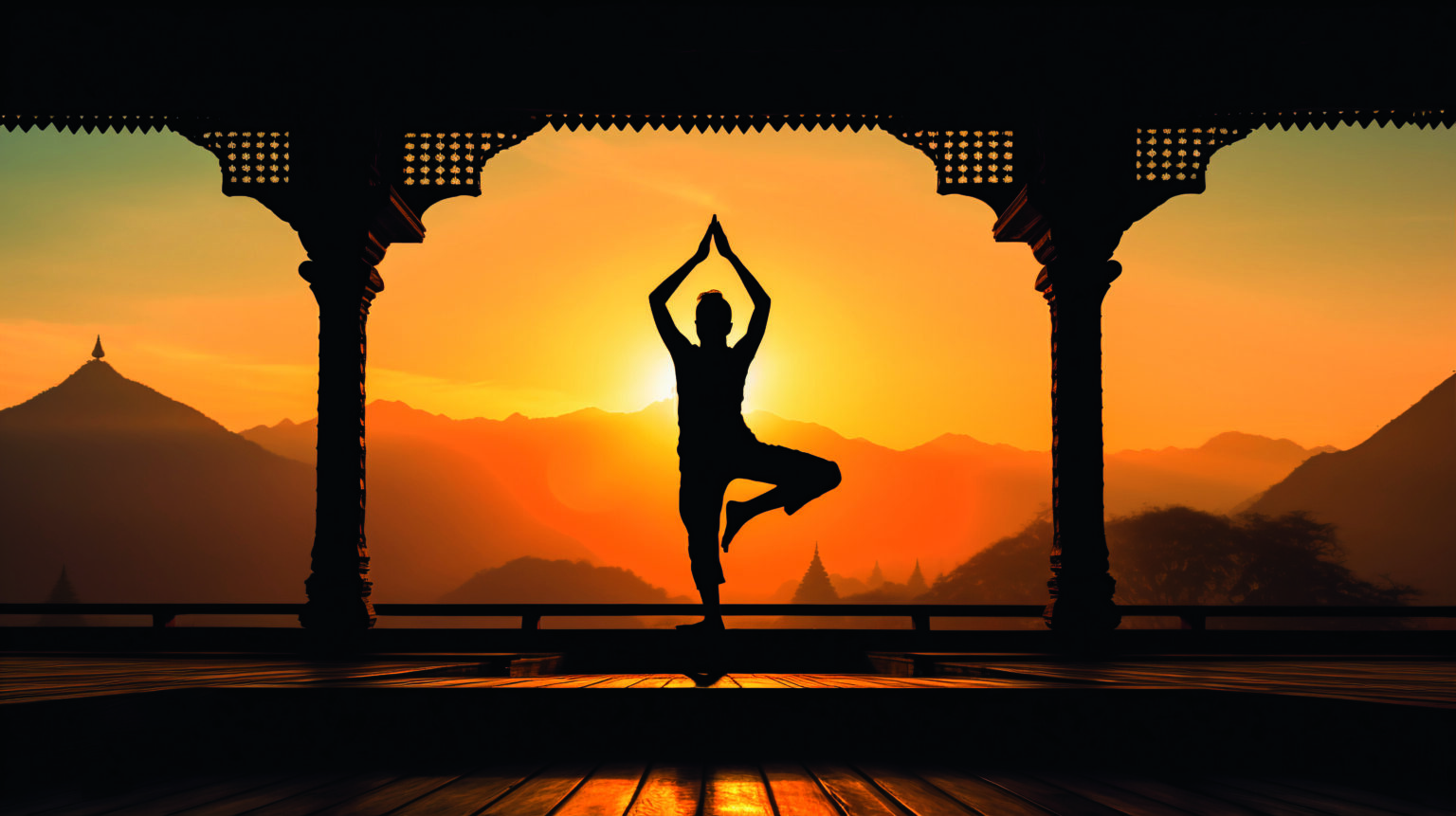From Spa Sundays to Off-Grid Retreats, Post-Pandemic Living Has Hit the Brakes—And Found Bliss in the Stillness If the 2010s celebrated hustle,…
From Spa Sundays to Off-Grid Retreats, Post-Pandemic Living Has Hit the Brakes—And Found Bliss in the Stillness
If the 2010s celebrated hustle, deadlines, and constant motion, the years after the pandemic have taught us the opposite: the power of pause. Somewhere between home workouts, sourdough starters, and Zoom fatigue, the world discovered that stillness can be seductive.
The age of slow living was quietly born from collective burnout. When life stopped, we began to notice what had always been missing—time. The world that once prized efficiency and productivity began to crave calm and connection. The idea of “doing less” no longer felt lazy; it felt luxurious.
Before 2020, speed defined success. Vacations were itineraries packed to exhaustion. Even rest had to be earned through overwork. Luxury itself was often measured by urgency—private jets, express check-ins, and last-minute getaways. But lockdown changed everything. With borders closed and calendars cleared, humanity rediscovered presence. The lost art of being still returned with a vengeance.
Fast-forward to today, and slow living has become the cultural pulse of a generation that values depth over display. It’s not a fleeting lifestyle fad—it’s a recalibration of values. From our homes and habits to the way we travel, consume, and even dream, everything is being redefined through the lens of intention.
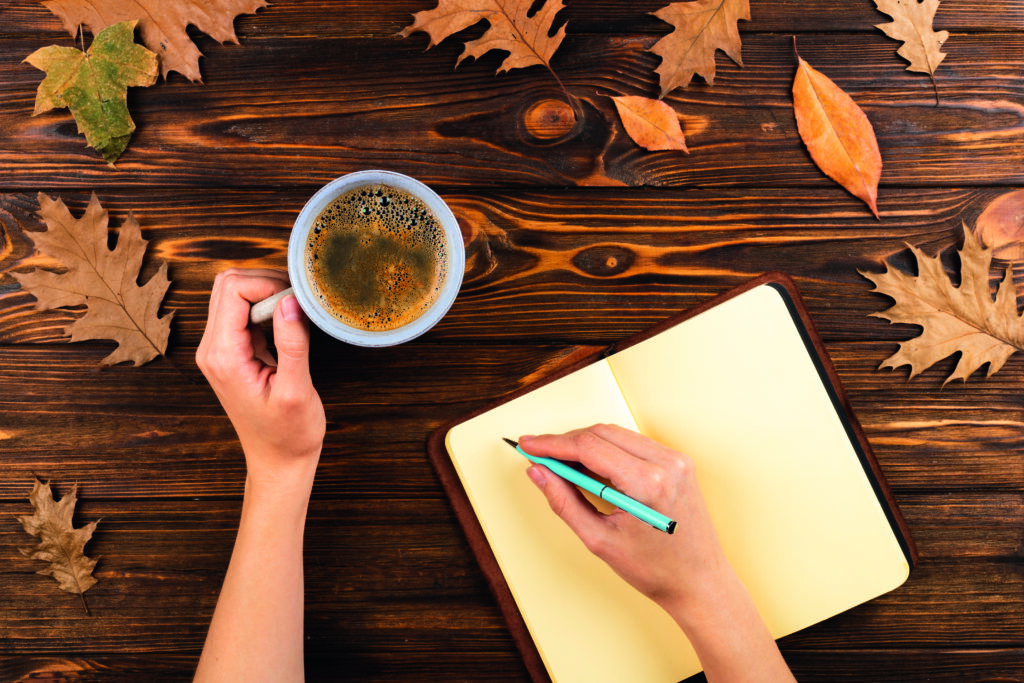
Luxury, Redefined: When Stillness Becomes the Statement
The meaning of luxury has always evolved with the times. Decades ago, it was about access, grandeur, and opulence. Today, it’s about authenticity, experience, and emotional comfort. The new markers of wealth aren’t rare watches or marble lobbies—they’re quiet mornings, natural light, and uninterrupted sleep.
Across continents, travellers are choosing slower, rooted journeys over rapid itineraries. The homestay boom reflects this transformation. Whether it’s a treehouse in Coonoor, a mud home in Spiti, or a lakeside retreat in Slovenia, travellers are trading polished perfection for soulful simplicity. What was once considered “too rustic” for luxury travellers is now fully booked months in advance.
The new five-star rating looks like this: clean air, local food, and honest hospitality. The charm of slow luxury lies in connection—to the land, to culture, to oneself. The joy of picking herbs from a garden or learning to bake bread with locals carries a deeper sense of value than a concierge itinerary ever could.
Even hospitality design has caught on. Hotels and cafés now feature dedicated quiet zones—spaces designed not for selfies but for silence. Formerly known as lounges or reading corners, they’ve been rebranded as reflection pods or digital detox sanctuaries. These are not mere amenities; they represent a new philosophy of living. Doing nothing is no longer wasteful—it’s aspirational.
Luxury today is not about more; it’s about meaning. It’s the sound of leaves rustling instead of phone notifications. It’s time spent, not time saved.
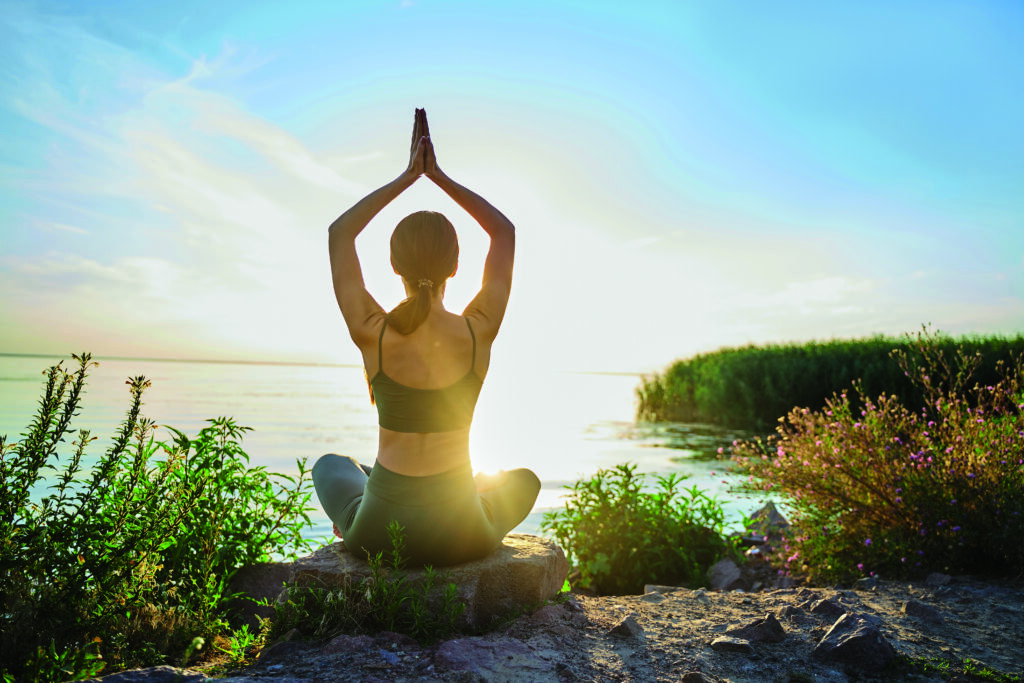
Spa Is the New Bar: The Wellness Takeover
The social rituals of the modern world have changed. The happy hour is being replaced by the healing hour. Where people once sought energy in cocktails and chaos, they now find it in cold plunges and guided breath work.
Welcome to the era where spa culture has become the new nightlife.
From forest bathing in Kyoto to sound therapy sessions in the Himalayas, wellness has evolved from indulgence to identity. What was once seen as an alternative lifestyle is now the modern baseline for balance.
According to the Global Wellness Institute’s 2024 data, the wellness economy has outpaced traditional hospitality, growing nearly twice as fast across multiple regions. The industry is expanding far beyond spas and yoga retreats—into holistic residencies, nature-based resorts, and digital-detox sanctuaries.
Cities such as Paris, Tokyo, and Bangalore now host wellness residencies where professionals can live, work, and rejuvenate simultaneously. These spaces combine design, nutrition, and mindfulness to create environments that heal while they inspire.
The spa itself has become a new social zone—not in a performative way, but as a communal space of calm. Infrared saunas, salt caves, and meditation domes are replacing rooftop bars and co-working cafés. The measure of success has quietly shifted from how many meetings you’ve had to how well you’ve slept.
In a world of endless noise, serenity has become status. The new luxury isn’t about how much you own—it’s about how deeply you rest.
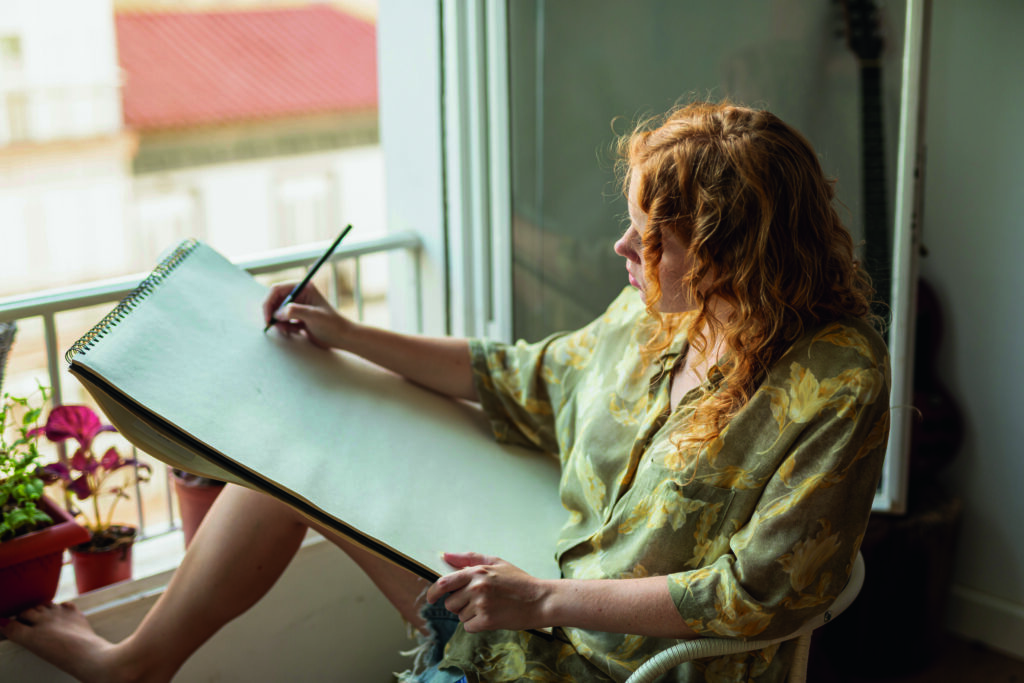
Mindful Consumption: Living with Intention
Slow living extends beyond travel and wellness—it’s transforming the way we build our homes and make daily choices. The post-pandemic nesting instinct has evolved into mindful consumption, where people buy less but choose better.
Instead of fast furniture and trend-based décor, homeowners are curating spaces with meaning. Local artisans, natural materials, and handmade textures are replacing mass-produced sameness. People are rediscovering the beauty of imperfection—the charm of a hand-woven throw, the warmth of uneven clay, the story behind every object.
In fashion, slow style is gaining ground. Consumers are favouring timeless silhouettes, organic fabrics, and small-batch labels over throwaway trends. Wardrobes are shrinking, but each piece tells a story—of craft, conscience, and longevity.
Even online culture is mirroring this shift. The rise of silent vlogs, slow-motion recipe reels, and minimalist lifestyle content shows a collective craving for calm. The internet, once defined by speed, is now finding new rhythm in slowness. Algorithms reward content that soothes instead of shocks.
Brands are adapting too. From skincare companies highlighting restorative rituals to homegrown labels embracing sustainability over seasonal hype, there’s a clear move towards conscious creation. The goal is no longer to sell fast—it’s to last long.
Mindful living has become both rebellion and refuge—a quiet protest against the disposable pace of modern life.
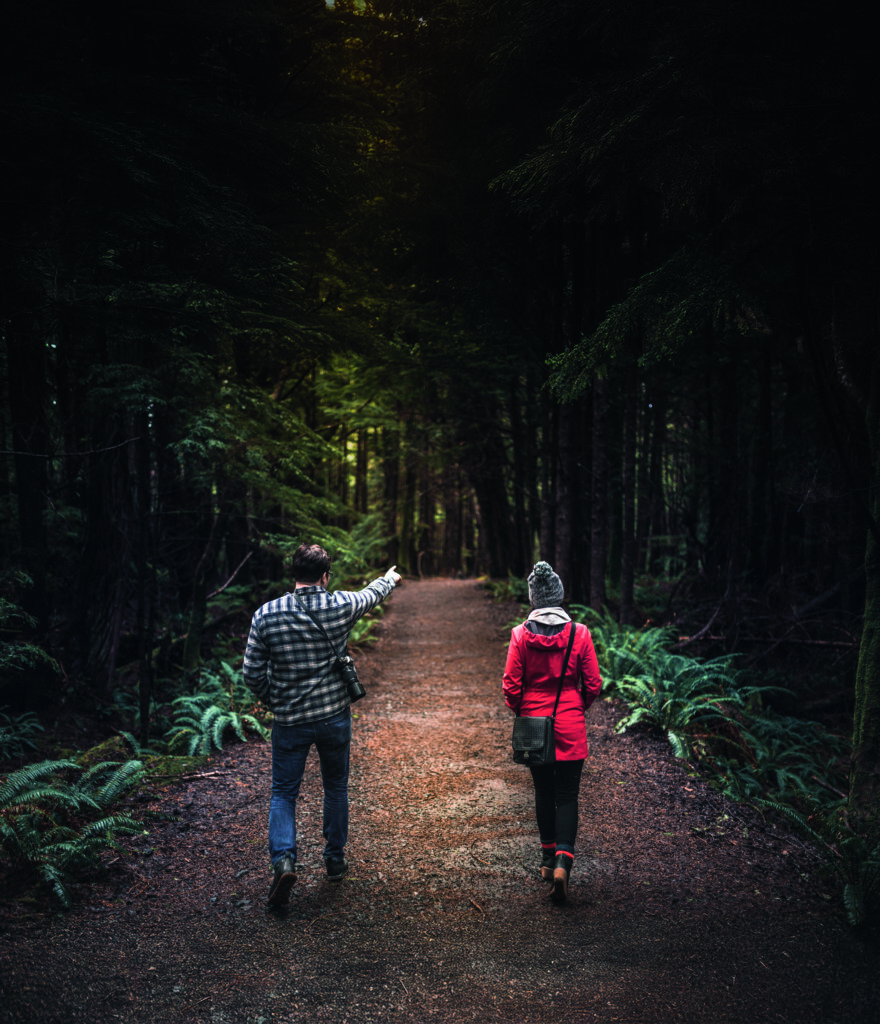
Digital Detox: Relearning How to Disconnect
As technology grows more pervasive, disconnection has become the new form of luxury. Digital detox retreats and off-grid experiences are flourishing, not just as travel trends but as necessities for mental health.
Across the world, people are escaping to eco-resorts with limited Wi-Fi, engaging in screen-free weekends, and rediscovering the rhythm of analogue living. Reading instead of scrolling. Journaling instead of posting. Being present instead of performing.
These experiences don’t reject technology entirely; they simply reframe it. Slow living teaches us that balance is not found in quitting the digital world—but in using it with awareness. The emphasis is shifting from constant connection to conscious engagement.
Even in urban spaces, micro-moments of disconnection are becoming essential. Morning meditations before checking emails, phone-free dinners, and mindful walks are tiny pauses that help reclaim attention. They remind us that not every silence needs to be filled.
The Road Ahead: When Slow Becomes the Future
Slow living is not about giving up ambition—it’s about redefining it. It doesn’t deny progress; it re-centres it around well-being. It’s a quiet revolution that asks: What if happiness isn’t found in acceleration, but alignment?
In a world racing toward automation and instant everything, the slow movement stands as a counterbalance—a reminder that innovation without introspection leads to emptiness.
The future of living, travel, and design will belong to those who value depth over display. Homes will be sanctuaries. Vacations will be immersions, not escapes. Workspaces will honour rest as much as productivity.
Slow living doesn’t mean standing still—it means moving with awareness. It’s a rhythm, not a retreat. It teaches us to measure life not by milestones, but by moments.
Maybe the next revolution isn’t digital or industrial—it’s emotional. A return to slowness, simplicity, and sincerity.
So perhaps we don’t need another quick getaway or yet another gadget to stay ahead. What we need is a long walk at dusk. A home-cooked meal shared slowly. A hammock, a book, a sky unhurried by time.
Not because we’ve stopped striving—but because we’ve finally remembered what we’re striving for.

